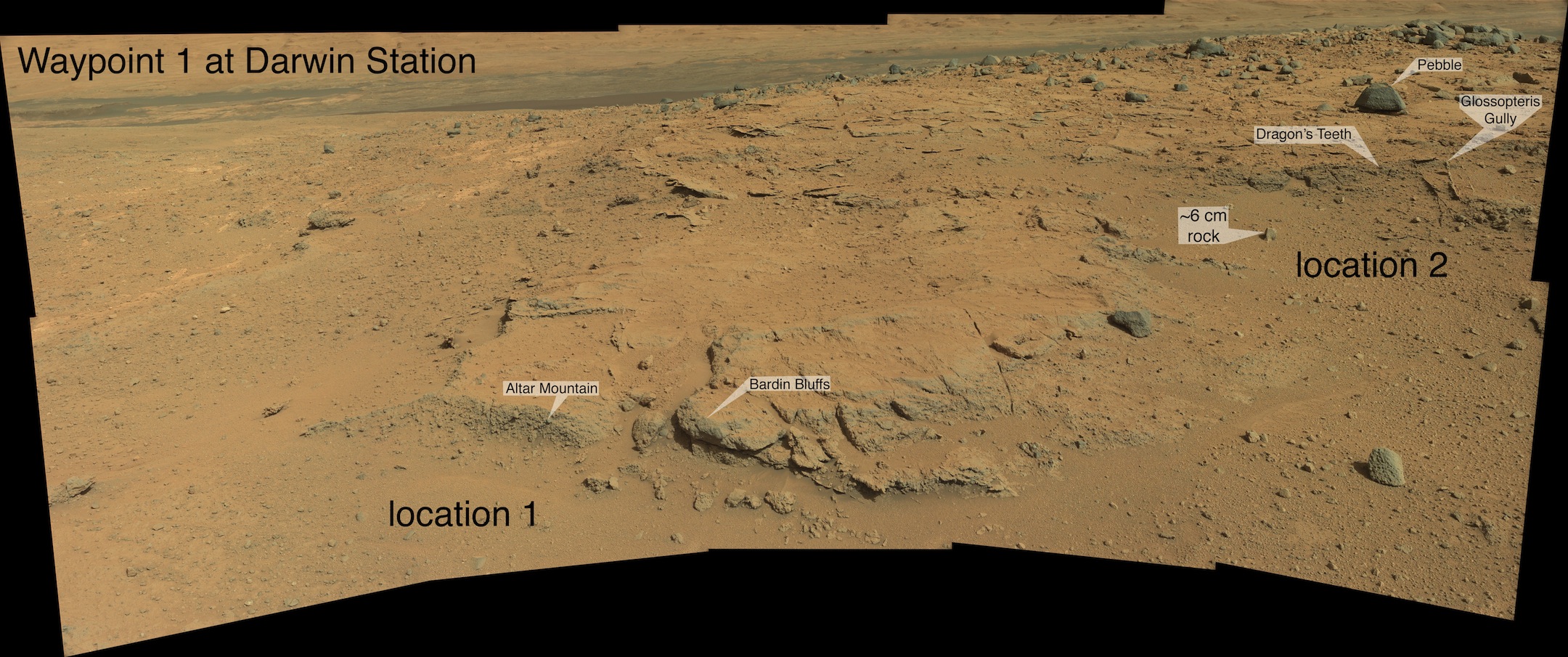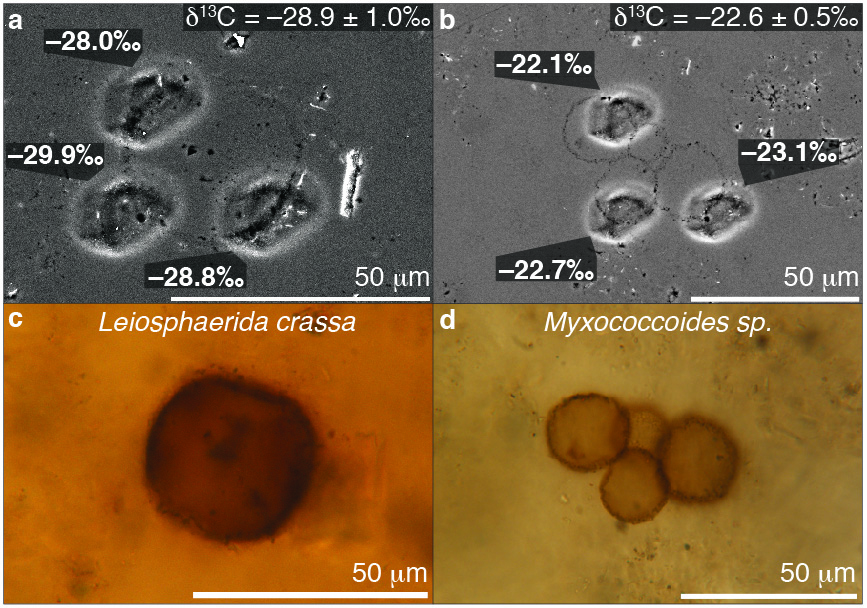 |
|
|
Fall 2013 News From Our Alumni Since the founding of UW Astrobiology in 1998, our graduate program has steadily grown. As of Fall 2013, we are proud to have trained nearly 30 astrobiologists! We checked in with some of our alumni recently to hear what they've been up to: William Brazelton (PhD Oceanography, 2010) has just started a tenure-track faculty position in the Department of Biology at the University of Utah. Nick Cowan (PhD Astronomy, 2009) is now on the executive committee of NASA's Exoplanet Exploration Program Analysis Group (ExoPAG). His role is to map out how upcoming and planned missions can characterize exoplanet climate. Also, in a recent Astrophysical Journal Letter, Dr. Cowan and his colleagues showed how the large-scale circulation on tidally-locked planets naturally leads to a dayside cloud shield that doubles the width of the habitable zone (Yang, Cowan & Abbot 2013). Sanjoy Som (PhD Earth & Space Sciences, 2010) would like to encourage the UWAB community to join S.A.G.A.N., a social network for those interested in astrobiology, space exploration, Earth system science, and sustainability. Learn more at http://saganet.org. David Smith (PhD Biology and Astrobiology, 2012), recipient of our second Dual-Title PhD last year, has informed us that some of his aerobiology experiments are being flown on “Cloud Lab”—an airship on a month-long expedition across the USA, which will be the focus of a BBC Two TV series. For more background, check out this article. Julie Huber (PhD Oceanography, 2004) recently led a research team to Axial Seamount, a deep-sea volcano 300 miles off the Oregon Coast. Aboard the R/V Falkor, Huber's team used a remotely operated vehicle to conduct experiments and collect samples that will help them study microbial communities and their effect on carbon cycling in the subseafloor crustal ecosystem. Michele Cash (PhD Earth & Space Sciences, 2012) has just finished her first year working at NOAA's Space Weather Prediction Center. In addition to preparing for the launch of the upcoming Deep Space Climate Observatory (DSCOVR) mission, which will go to L1 and serve as a follow-on mission to ACE, she has also begun working with the WSA-Enlil solar wind model, which is used to predict the arrival time of coronal mass ejections (CMEs) at Earth. She is also in charge of organizing the Space Weather Prediction Center seminar series, and would like to invite anyone interested in giving a presentation and touring the space weather forecast office to get in touch. On a more personal note, Michele and her husband are expecting their first child in February! Mark Claire (PhD Astronomy, 2008) has taken on a faculty position in the Department of Earth and Environmental Sciences at the University of St Andrews in Scotland. He welcomes anyone who likes whisky, golf, or biogeochemistry to come visit! Mark's group published a significant paper in Nature Geoscience last year describing brief periods of Titan-like organic haze in the Neoarchean run-up to the rise of oxygen. They received a large NERC grant for follow-up work, and have just hired a post-doc and grad student. Kenneth Williford (PhD Earth & Space Sciences, 2007) is now at NASA's Jet Propulsion Laboratory where he works as a Strategic Surface Sampling Scientist for the Mars Science Laboratory (MSL) Mission. He also leads his own research studying the production, preservation, and detection of signs of life in ancient planetary materials, and is working to set up the new Astrobiogeochemistry (ABC) Lab, which will be devoted to organic and stable isotope geochemistry. Here are some photo highlights he has shared with us from his recent work:  Photo 1: A mosaic of MSL's two parking locations at the first of five geologic waypoints on its journey to Mount Sharp. The labels indicated target locations where the team investigated the chemistry and morphology of interesting features in the area, named “Darwin”.  Photo 2: A figure from Ken's recent paper showing carbon isotope measurements of two microfossils from Kazakhstan: one probably a primitive form of alga, and the other a colonial cyanobacterium. The isotope measurements indicate that these two photosynthetic organisms were living in the same environment at the same time. |
|
